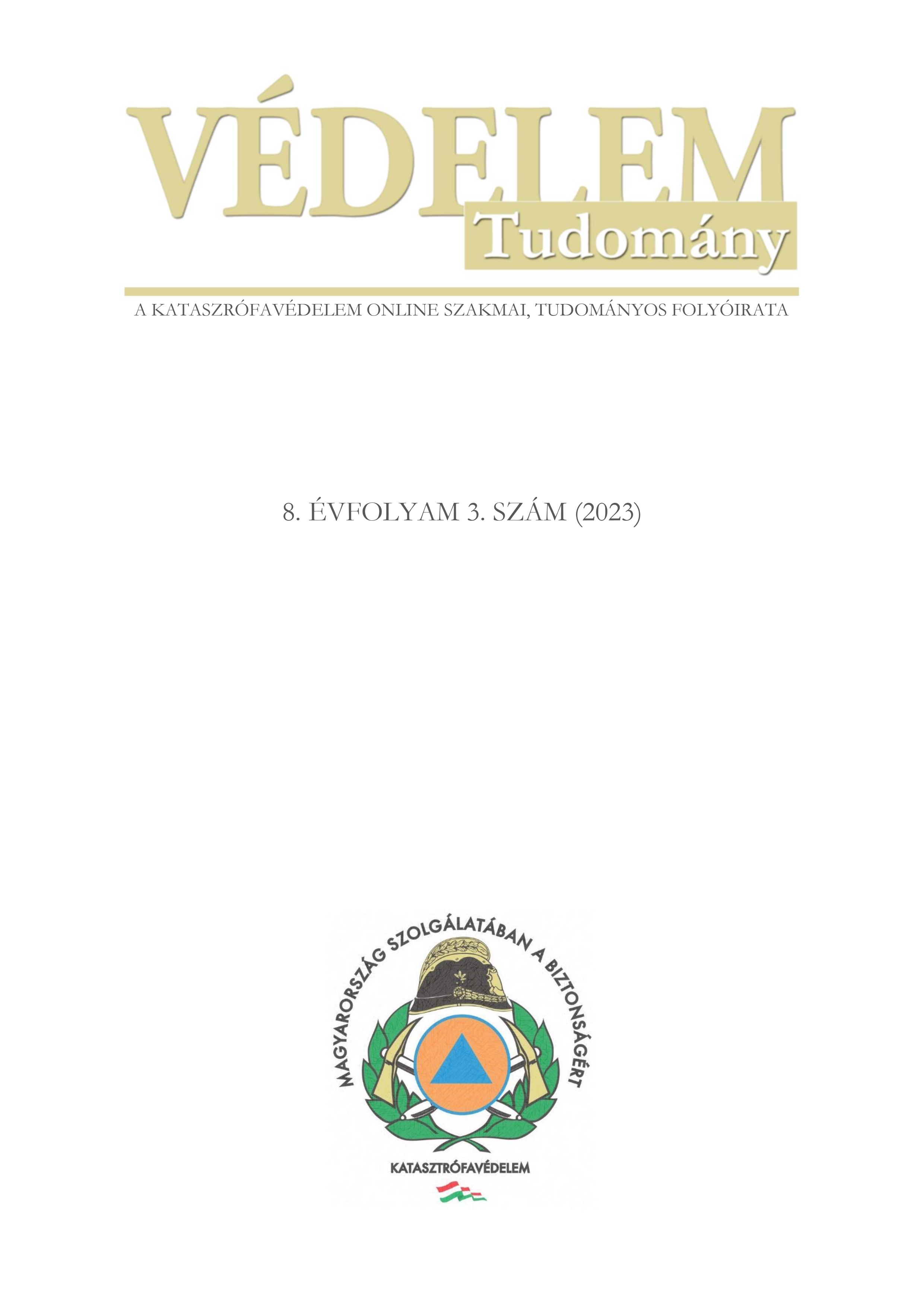A műholdas távérzékelés felhasználási lehetőségei a katasztrófák megelőzésében és kezelésében
Absztrakt
Jelen munka célja, hogy bemutassa a műholdas távérzékelés által kinyerhető adatok felhasználási lehetőségeit, korlátait és várható jövőbeni fejlesztési irányait a természeti és civilizációs katasztrófák megelőzése, korai előrejelzése és rugalmas, hatékony kezelése terén. A munka áttekintést ad a rendszerben használt műholdak képességeiről, használhatóságáról, a katasztrófa-elhárítás terén eddig szerzett tapasztalatokról. Javaslatokat tartalmaz a Katasztrófavédelem szervezetében az egyes szakterületek általi közvetlen felhasználhatóságra is. A bemutatás különös figyelemmel terjed ki az Európai Bizottság COPERNICUS Programjára, melyben a SENTINEL műholdcsalád által elérhető távérzékelési adatok a BM Országos Katasztrófavédelmi Főigazgatóság (BM OKF) által közvetlenül lekérhetőek, beavatkozási stratégiák kidolgozásához valamint a helyreállítás irányításához egyaránt felhasználhatóak. Az anyag bemutatja továbbá az Európai Unió támogatásával, több szervezet, köztük a BM OKF partnerségével megvalósított Földmegfigyelési Információs Rendszer eredményeit és fejlesztési lehetőségeit is.
Hivatkozások
A. Varga és D. Varga, Ég és Föld, Móra, 1975, pp. 4, 45.
L. Szentpéteri, Fél évszázada figyelik a Földet, Élet és Tudomány, 2022, p. 1034.
J. Sillset et all, Protect Earth’s Orbit: Avoid high seas mistake, Science, p. 1.
K. Kaku, „Satellite remote sensing for disaster management support: A holistic and staged approach based on case studies in Sentinel Asia,” International Journal of Disaster Risk Reduction, pp. 417, 430, 2018.
U. Donezar-Hoyos et. al, „The Copernicus EMS Validation service as a vector for improving the emergency mapping based on Sentinel data,” Revista de Teledetección, 56 kötet, pp. 4, 6, 31, 2020.
B. Davies, Observing glacier change from space, Royal Holloway University of London, 2018, pp. 10, 13.
C. P. F. A. Binh Pham-Duc, Surface Water Monitoring within Cambodia and Vietnamese Mekong Delta over a Year, with Sentinel-1 SAR Observations, 2017, pp. 417, 430.
G. Sulyok és B. Bartóki-Gönczy, Világűrjog, Ludovika Egyetemi Kiadó, 2022, pp. 27, 32, 121.
D. Kisrschbaum és S. Thomas , Satellite-Based Assessment of Rainfall-Triggered Landslide Hazard for Situational Awareness, Advancing Earth and Space Sciences, 2018, p. 510.
M. N. Shaw, Nemzetközi jog, Complex Kiadó, 2008, p. 440.
K. Kulacsy, Fukusima: mi történt és mi várható?, MTA KFKI Atomenergia Kutatóintézet, 2011, p. 38.
Copyright (c) 2023 Védelem Tudomány a Katasztrófavédelem online szakmai, tudományos folyóirata

This work is licensed under a Creative Commons Attribution-NonCommercial 4.0 International License.




